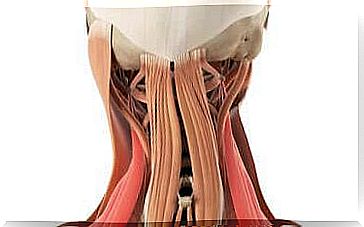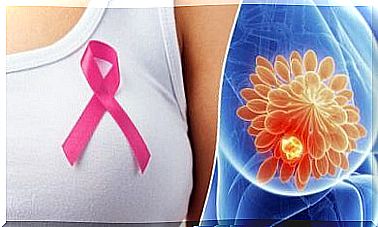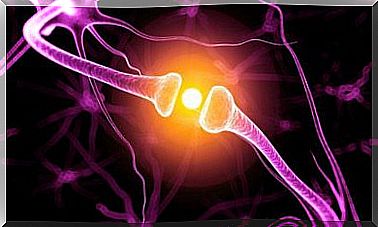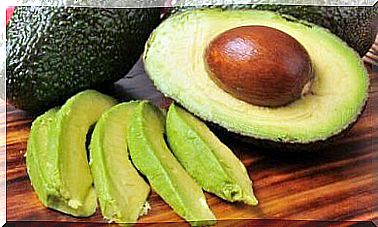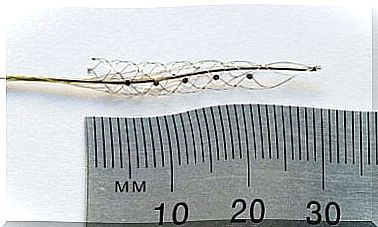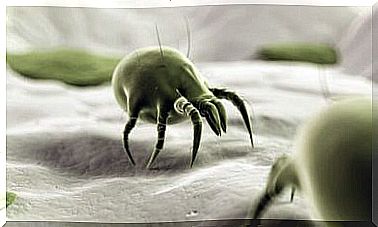6 Types Of Heart Disease And Their Symptoms
Heart disease is very serious and life threatening. That’s why we present you with 6 of their most common and main symptoms so that you can identify them in time.
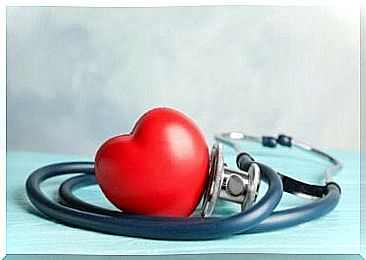
There are many conditions that affect the heart or blood vessels; they are classified by type of heart disease. They are very common and are the leading cause of death in many countries.
Unfortunately, according to the World Health Organization (WHO), 30% of deaths in 2017 were due to cardiovascular disorders. It is not surprising that any disease which impairs the functioning of the heart is of great concern; that is why we will mention the most common and their main symptoms.
1. High blood pressure
One of the most common types of heart disease is high blood pressure. Under normal conditions, blood exerts a specific force on the walls of blood vessels called blood pressure.
In many situations, this pressure can be so high that it causes damage to organs in the body. It may be due to an increase in the volume of circulating blood or a decrease in the diameter of the arteries.
According to the European Society of Cardiology, a person with systolic blood pressure over 140 mmHg or diastolic blood pressure over 90 mmHg has hypertension. Fortunately, this pathology is easily diagnosed and its treatment is quite accessible.
Symptoms
This pathology does not have a specific symptomatology, so many people can suffer from it without knowing it. However, there are patients who show various symptoms when the values reach high levels. These include headaches, dizziness, difficulty breathing, and nosebleeds.
However, all of these symptoms are nonspecific and are rarely attributed to high blood pressure values.
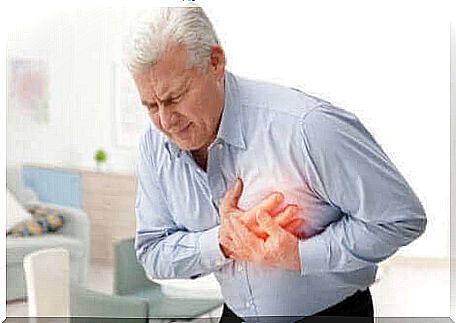
2. Coronary artery disease among heart disease
Coronary artery disease is a condition that affects the arteries that supply blood to the heart. The diameter of the blood vessels is decreased by various causes, resulting in insufficient supply of oxygen to the heart muscle.
Atheromatous plaques are one of the main causes of the decrease in the diameter of the arteries. These are fatty or lipid formations that build up on the walls of the arteries and can rupture and completely block a vessel.
One of the most common complications of this disease is acute myocardial infarction, which occurs when the artery is completely blocked so that there is not enough blood supply. The cells then lack oxygen and die within a few minutes.
Symptoms
The main symptom of coronary artery disease is angina or chest pain. It appears in most cases after intense physical activity, is in the center of the chest, tightens, and usually goes away after a few minutes of rest.
In addition to chest pain, some patients may experience the following symptoms:
- Tired
- Difficulty in breathing
- Weakness of the body
- Headache
- Dizziness
3. Heart failure
Among the most serious types of heart disease is heart failure. This is a clinical syndrome in which the heart is unable to perform its pumping function and the cardiac output is low, that is, there is no adequate blood flow.
Usually, in heart failure, the ventricular muscle is very weak and does not contract properly. It can be caused by a wide variety of structural or functional alterations, thus constituting the final stage of certain cardiovascular pathologies.
This disease can affect a single ventricle or the entire heart. Unfortunately, once this point is reached, there is no way to reverse the trend. However, the situation can be improved by the use of drugs and lifestyle changes.
Symptoms of this type of heart disease
Symptoms of heart failure can vary depending on the cavities affected. In this sense, when the right ventricle is affected, the signs will be respiratory and we will be able to observe the following findings:
- Breathing difficulties
- Inability to breathe while lying down
- Cough with light pink sputum
- Paroxysmal nocturnal dyspnea
On the other hand, if the left ventricle is affected, there will be systemic symptoms, among which the following can be mentioned:
- Swelling of the lower limbs
- Tired
- Jugular swallowing
- Ascites
4. One of the types of childhood heart disease: congenital heart disease
One of the most common causes of heart problems in children is congenital heart disease. These are structural defects that have their origin in pregnancy, when the baby’s heart is formed. It is not a single disorder, but a group of disorders.
Unfortunately, it is impossible to establish a specific cause of this pathology, since there are many situations that can affect the formation of the heart. Thanks to scientific progress, the survival of children with it has increased significantly and almost all of them reach adulthood.
Symptoms
Symptoms of these types of congenital heart disease usually appear within the first few days after birth. There is rapid breathing, purple lips, feeding difficulties, and growing problems.
On the other hand, some people who are born with a birth defect and reach adulthood suffer from arrhythmia, difficulty breathing, bluish skin color, fatigue and swelling of the lower limbs.
5. Rheumatic heart disease
Various systemic diseases can affect the heart; rheumatic fever is one example. This is a type of heart disease that results from a strain of staph that attacks connective tissue producing an autoimmune reaction.
This affects the muscle and heart valves as well, causing great damage in a case of rheumatic heart disease. This damage becomes so severe that it causes severe heart failure and death of the patient.
Symptoms
The diagnosis of this disease is difficult; it is based on the clinical diagnosis of the patient and the presence of specific antibodies in the blood. In this regard, the main signs of rheumatic fever are:
- Fever not exceeding 38.5 ° C
- Muscle and joint pain
- Generalized weakness
- Vomiting
- Arthritis
6. Cardiomyopathies
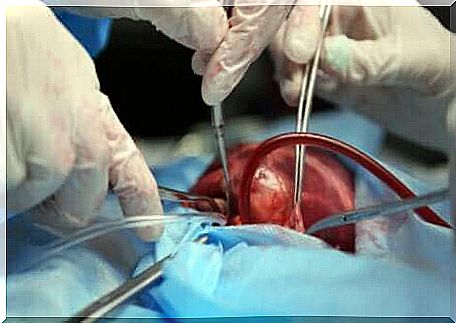
Cardiomyopathies are heart diseases that affect the heart muscle. They change the shape and distribution of the cells that make up the heart muscle. In this way, the muscle is impaired.
The 3 most common types of cardiomyopathy are dilated, hypertrophic and restrictive cardiomyopathies. In the first case, the ventricles are enlarged, while in the second, the ventricular wall is thickened. Finally, in the restrictive case, the ventricle is rigid due to infiltration of connective tissue.
Symptoms
Although they may be asymptomatic at first, in the final stage the cardiac output will be low, so the symptoms presented will be similar. Among them we can find the following:
- Difficulty breathing after physical activity
- Inflammation of the lower limbs
- Tired
- Palpitations
- Dizziness and fainting
Types of heart disease get worse over time
As you can see, the main symptoms of cardiovascular alterations are difficulty in breathing, arrhythmias, and swelling of the lower limbs. It is therefore imperative to go to the doctor as soon as they appear, especially if no probable cause is attributed.
On the other hand, if you suffer from one or more heart diseases, you should be under constant medical control. It is important to remember that most of these conditions are degenerative and chronic, so your condition may get worse over time.


